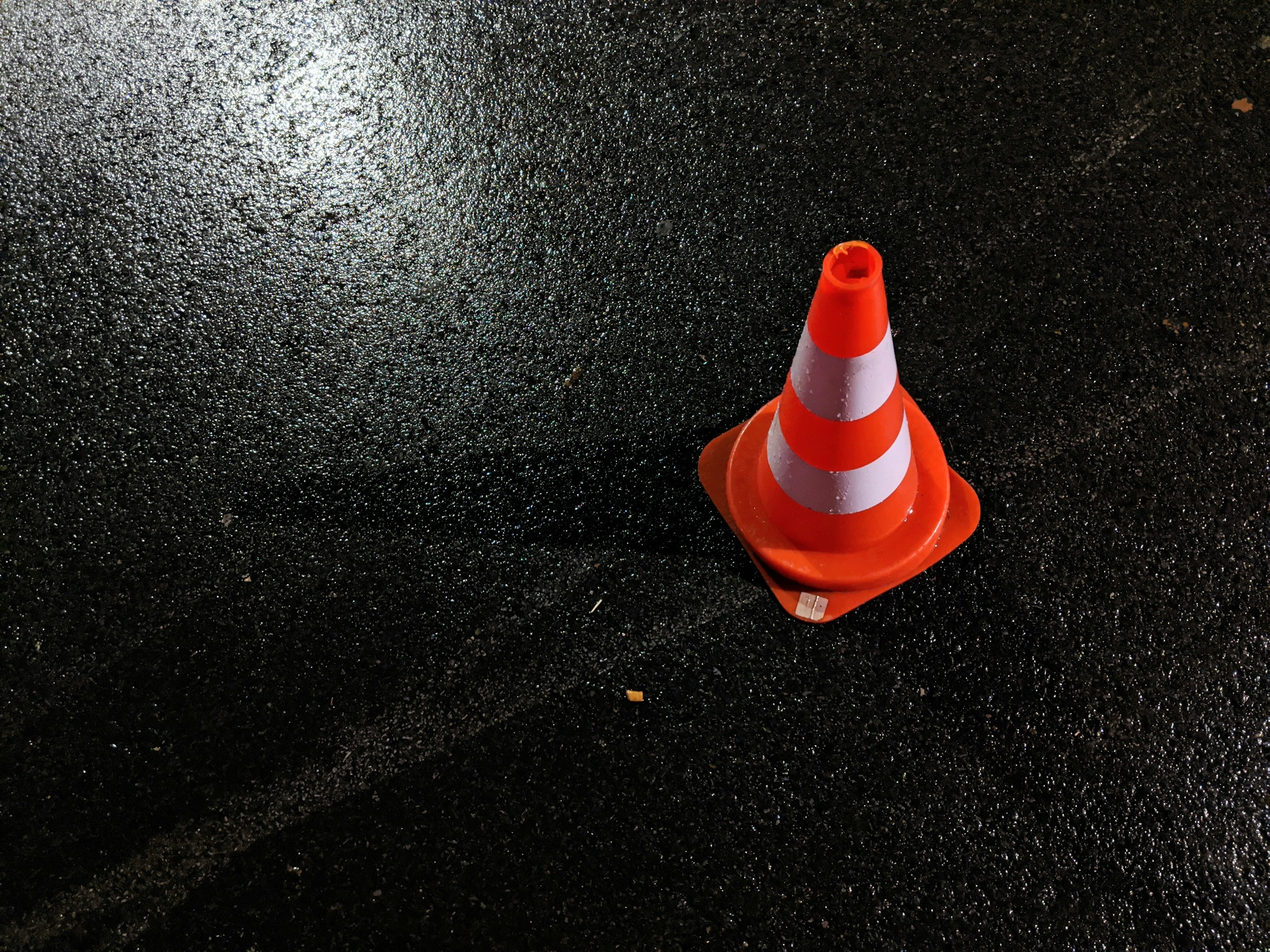Immediate Steps To Take After A Car Accident
If you can, move your vehicle out of the way of traffic and set up flares or reflective emergency triangles to help direct traffic. Turn on your hazard lights and check yourself and any passengers for injuries.
Author:James PierceReviewer:Karan EmeryMar 28, 202423 Shares5.8K Views

If you can, move your vehicle out of the way of traffic and set up flares or reflective emergency triangles to help direct traffic. Turn on your hazard lights and check yourself and any passengers for injuries.
Exchange information with the other driver, including names, phone numbers and insurance policy numbers. Also, take pictures with your smartphone if possible.
Stay Calm and Assess the Situation
The first instinct after a car accident might be panic, but it's crucial to stay as calm as possible. Take a deep breath and try to assess the situation objectively. Check yourself and others involved in the accident for injuries. If anyone is hurt, call emergency services immediately.
Call the Police
A police officer can make sure everyone is safe. They will check for injuries and document the scene of the crash. This information will help them determine fault and issue citations, if applicable.
When talking to the police, be polite but don’t volunteer anything you don’t know. Your words could be misinterpreted and used against you later in court, so it’s best to play it safe.
Exchange Information
It’s important to exchange information with the other vehicle's driver as soon as possible. This can help ensure that the person who caused the accident is identified, which may be helpful if you have uninsured/underinsured motorist coverage.
Make sure you’re in a safe place before you attempt to talk with the other driver. If possible, move your vehicle to a safer spot while warning oncoming traffic with your hazard lights.
Ask for the name, address, phone number and insurance details of everyone involved in the accident. You should also note the model, year, colour and other defining characteristics of each vehicle. If the driver isn’t the owner or insured, determine their relationship to the car’s owner. It’s also helpful to get contact information from witnesses as well.
Take Photos
In addition to capturing images of all the vehicles involved, taking photos of the accident scene is also important. The positioning of the cars, any skid marks and any debris that may have played a role in the accident can help car accident experts form a better understanding of what happened and clear all the car accident statistics.
Taking pictures of the damage to your vehicle and the other vehicles involved is also helpful, as well as close-up shots of any dents, scratches, or broken glass. Your attorney will use these photos for evidence should you need to file a lawsuit or make an insurance claim.
Remember that a jury won’t be visiting the accident site in person, so your photographs will provide valuable context to their understanding of what happened. Too many photos are always better than too few.
Get Medical Attention
Some injuries require immediate medical attention, such as loss of consciousness, severe bleeding or trouble breathing.
For any other injuries, you need to see a doctor for a complete evaluation as soon as possible after the accident. Even if your symptoms appear minor, they could become more severe if left untreated. For example, numbness or tingling in the arms and legs can be signs of nerve damage and require immediate treatment.
When you visit your doctor, be sure to tell them all the injuries and symptoms you have experienced since the accident, including any pre-existing conditions. This will help avoid any disputes with the insurance company later.
Contact Your Insurance Company
Make sure to document the time and details of the call and get a copy of the recording. Whether you are calling your carrier or the other driver, it is essential to report the accident.
It can take months to settle a car insurance claim, and failing to report an accident may lead to denial of coverage. Checking for injuries, clearing the scene, determining how the crash occurred and exchanging information are all crucial steps to ensure a smooth insurance settlement.
Keep Records
Keep thorough records of all communications, expenses, and documents related to the accident. This includes medical bills, repair estimates, correspondence with insurance companies, and receipts for any out-of-pocket expenses. Organizing these records will help streamline the claims process.
Avoid Discussing Fault
Avoiding discussions about fault or liability with the other parties involved in the accident is crucial. Admitting fault or making accusations can complicate matters and may harm your case during insurance negotiations or legal proceedings.
It's essential to stick to factual information when interacting with others, focusing on exchanging necessary details such as contact and insurance information. By refraining from assigning blame or making assumptions, you can protect your legal interests and maintain a cooperative approach to resolving the aftermath of the accident effectively.
Consider Legal Representation
If the accident results in significant injuries, property damage, or disputes with insurance companies, consider seeking legal representation. A qualified personal injury attorney can advocate for your rights, negotiate settlements, and represent you in court if necessary.
Conclusion
Being involved in a car accident can be a traumatic experience, but knowing the immediate steps to take can help protect your well-being and legal interests. By staying calm, assessing the situation, and following these guidelines, you can navigate through the aftermath of a car accident with confidence. Remember to prioritize safety, seek medical attention if needed, and cooperate with authorities and insurance companies to facilitate a smooth resolution.

James Pierce
Author

Karan Emery
Reviewer
Latest Articles
Popular Articles